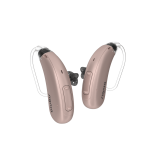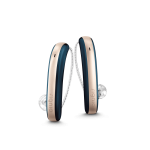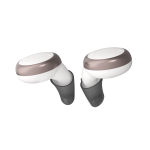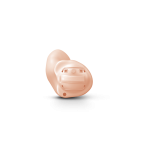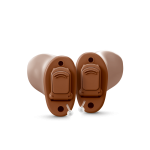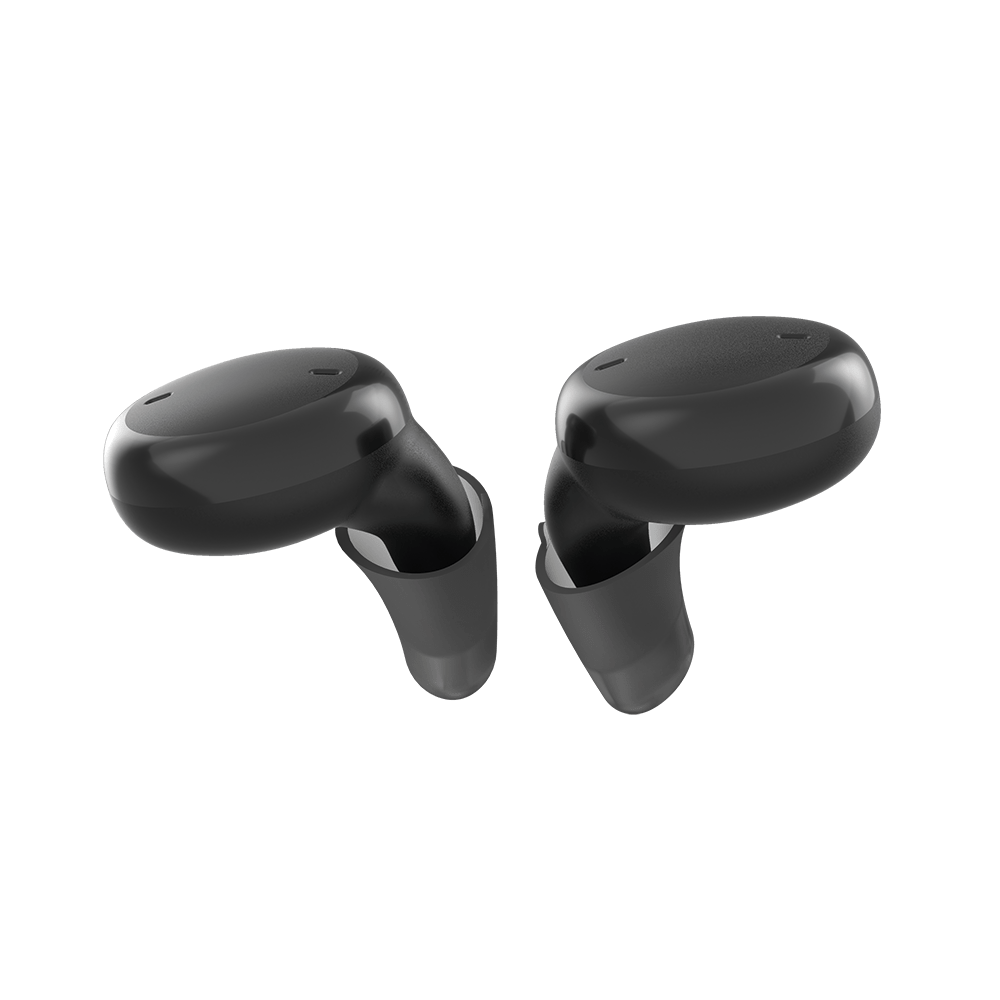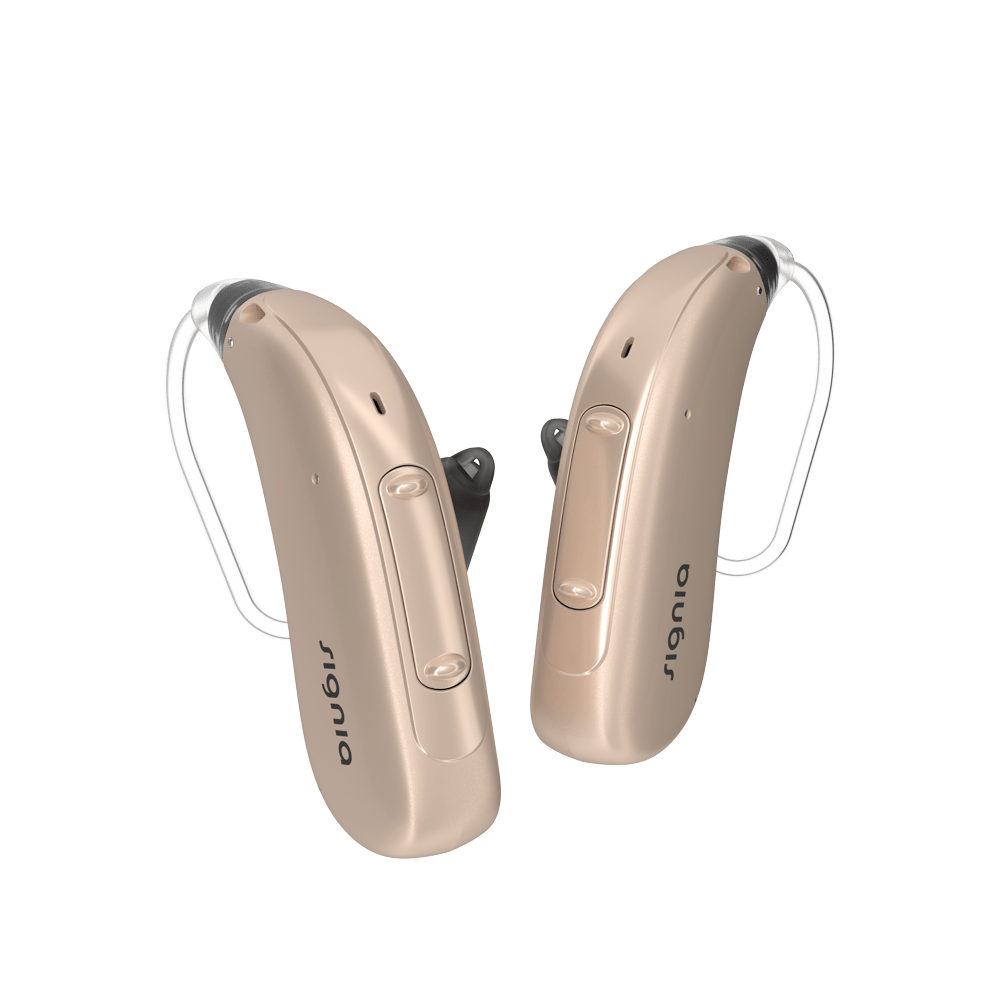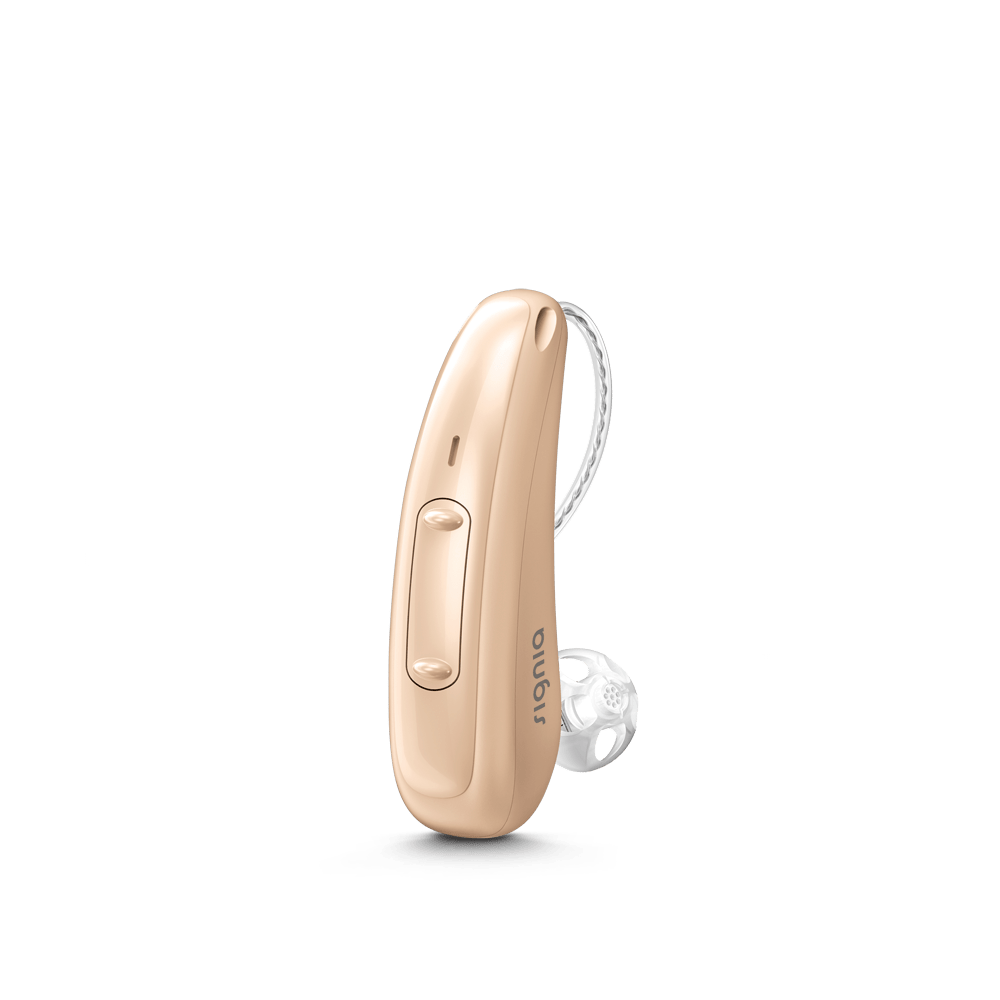Ear Wax and it's Impact on Hearing
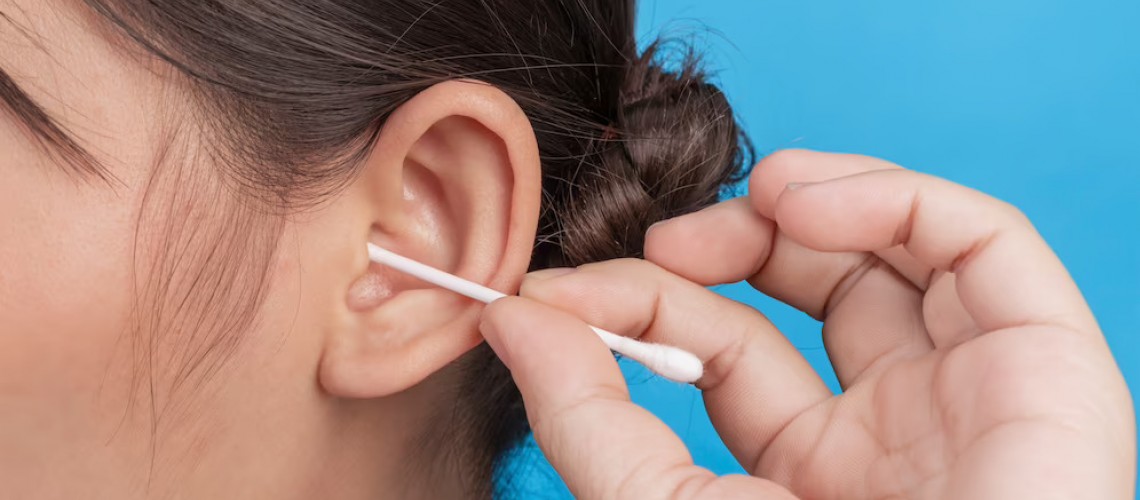
Ear wax, also known as cerumin, is a natural substance that our body produces to protect the ear canal. It is made up of a mixture of oil, dead skin cells and dust particles. While ear wax helps keep the ear canal clean and moisturized, the excessive buildup can cause problems such as ear wax impaction.
Ear Wax Impaction
Ear wax impaction is a condition where ear wax becomes hard and stuck in the ear canal, blocking the ear drum and reducing the ability to hear. Common symptoms of ear wax impaction include a sensation of fullness in the ear, muffled hearing, ringing in the ear and pain or discomfort.
Blocked Ear Drum and Blocked Hearing Aids
When ear wax becomes impacted, it can push against the ear drum, causing it to become blocked. This can lead to a decrease in hearing ability and other symptoms. In addition, hearing aids can become clogged with ear wax, causing them to become blocked and reducing their effectiveness.

Why it is important to remove ear wax?
Excessive ear wax can cause a variety of hearing-related problems, so it is important to remove it to maintain healthy hearing. A simple and effective way to do this is to visit a hearing care professional for a gentle ear cleaning. They can also check for any other potential hearing problems and recommend the best solution.
Ear wax is a natural substance that helps protect the ear canal, but excessive buildup can cause hearing-related problems such as ear wax impaction and blocked hearing aids. Regular ear cleaning by a hearing care professional can help maintain healthy hearing and prevent these issues.
What are its treatment at home?
Ear wax, also known as cerumin, is a natural substance that is produced in the ear canal to protect the skin and prevent dust, dirt and other foreign objects from entering the ear. While ear wax is beneficial, sometimes it can build up and cause blockages in the ear canal, which can lead to symptoms such as hearing loss, tinnitus or discomfort. This condition is known as ear wax impaction.
If the ear wax impaction is mild, it can be treated at home with the following methods:
Hydrogen peroxide ear drops
Mix equal parts of hydrogen peroxide and warm water and use a dropper to place a few drops into the affected ear. Wait for 10 minutes, then tilt your head to allow the wax to drain out.
Olive oil
Place a few drops of oil into the affected ear, wait for 10 minutes and then tilt your head to allow the wax to drain out.
Ear irrigation
Fill a bulb syringe with warm water and insert it into the affected ear. Gently squeeze the bulb to flush out the ear wax.
Salt and warm water solution
Mix a solution of warm water and salt and use a dropper to place a few drops into the affected ear. Wait for 10 minutes, then tilt your head to allow the wax to drain out.
It is important to note that these home treatments should not be used if you have a perforated eardrum, ear infection or any other medical condition affecting the ear. In such cases, it is best to seek the advice of a doctor or audiologist.
Blocked hearing aids can also be caused by ear wax buildup. To avoid this issue, regularly clean your hearing aids and have them professionally cleaned by an audiologist as needed. If you are experiencing blocked hearing aids due to ear wax, consult with your audiologist who can safely remove the wax and clean the hearing aids.
What are its treatment at a Doctor?
Treatment for earwax impaction, blocked ear drum and blocked hearing aids can be performed by your general practitioner (GP) or an ear, nose and throat specialist (ENT).
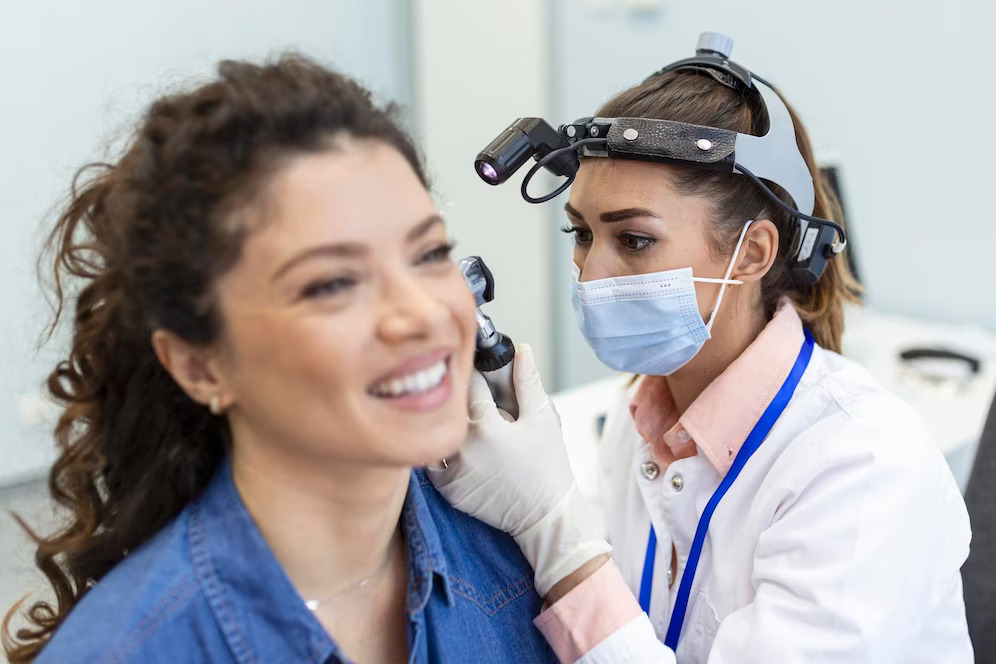
A few common treatments include:
Ear irrigation
A warm water solution is used to flush out the earwax, breaking it up and allowing it to drain out.
Manual removal
A doctor may use specialized tools such as a curette or suction to carefully remove the earwax.
Medications
A doctor may prescribe ear drops that help to soften the earwax and make it easier to remove.
Microsuction
This procedure uses a gentle suction process to remove earwax without the need for irrigation or manual removal.
Hearing aid cleaning and repair
If a hearing aid is blocked, a doctor can clean and repair it to improve its function.
It is important to note that not all treatments are appropriate for every patient and a doctor should be consulted to determine the best course of action.
If you are experiencing any symptoms such as pain, ringing in the ear, hearing loss or discharge from the ear, it is important to seek medical attention as soon as possible.

